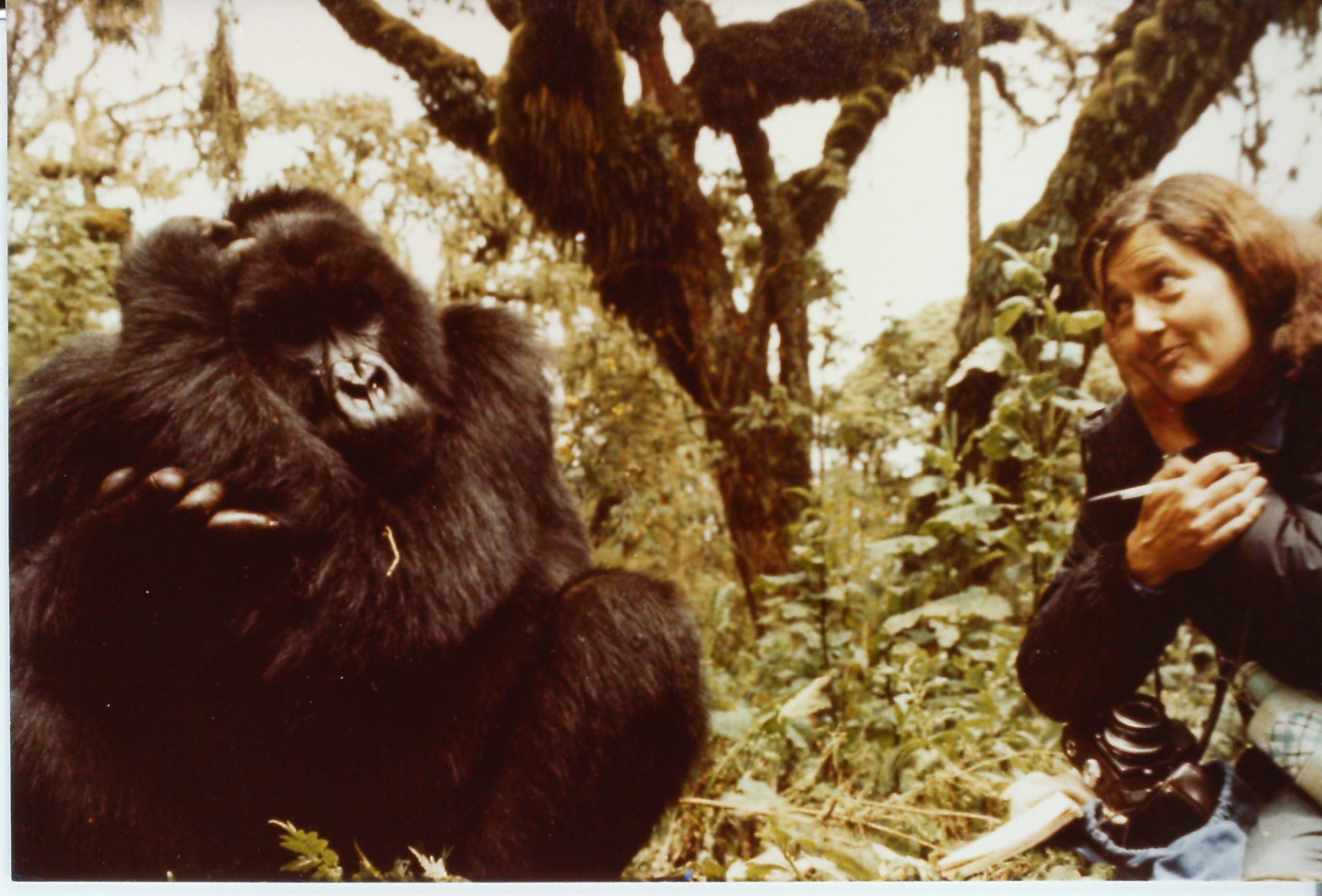February 4, 2016
Training primary school teachers in conservation education
 For many years, the Fossey Fund has engaged in education programs to help local communities learn about conservation, especially in areas that are close to Volcanoes National Park in Rwanda, which is home to the mountain gorillas and other unique species. This has involved working with students in schools at all levels, from primary school children to university-level science students and graduate students, in addition to other community education efforts.
For many years, the Fossey Fund has engaged in education programs to help local communities learn about conservation, especially in areas that are close to Volcanoes National Park in Rwanda, which is home to the mountain gorillas and other unique species. This has involved working with students in schools at all levels, from primary school children to university-level science students and graduate students, in addition to other community education efforts.
In 2015, we also revived an effort to include training for teachers in primary schools, so that they can help students understand the issues, challenges and opportunities in conservation that exist where they live, and to help them become the next generation of conservationists. This teacher training included conservation courses held in primary schools surrounding the park, for a total of 51 people, including 39 teachers and nine headmasters from 15 schools. Trainers included staff from our Karisoke Research Center, led by Conservation Education Manager Maurice Ngiramahoro and Biodiversity Research Program Manager Deogratias Tuyisingize, as well as staff from the Rwanda Development Board, which oversees park management.
Biodiversity is a key concept
The concept of biodiversity was the focus of one main segment of the training, since it involves learning about the variety of life on earth and how it is all interconnected. Teachers studied examples of the biodiversity in Volcanoes National Park, including important mammals — like mountain gorillas, golden monkeys, elephant and medium-sized wild cats — as well as birds, reptiles, amphibians and insects. All of these animals and plants are important to the health of the ecosystem, and play roles that affect all of us, such as providing climate regulation, water purification, nutrient cycling, pollination, control of pest species and more.
The teachers also learned about the many threats to biodiversity in the park, including poaching, feral dogs, water collection, bamboo cutting, forest fires, forest clearing, limited buffer zones, livestock grazing nearby, and various human activities near the park, all of which makes it a struggle for wildlife in the park to survive.
Another focus of the program was “conservation awareness,” presented by the warden of the park, to show how people are involved in protecting the park, what it takes for sustainable management, and how various sectors of the community can and do work together to protect the forests nearby.
Learning about gorillas too
 Of course, with gorillas as the “flagship” species in the forest, presentations were given by various Karisoke staff on the history and conservation of mountain gorillas. The teachers also learned about the curricula available for students on conservation and different methods of delivering them, as well as materials and aids that are available to help them, such as photographs of animals, conservation games, and informative posters.
Of course, with gorillas as the “flagship” species in the forest, presentations were given by various Karisoke staff on the history and conservation of mountain gorillas. The teachers also learned about the curricula available for students on conservation and different methods of delivering them, as well as materials and aids that are available to help them, such as photographs of animals, conservation games, and informative posters.
Thirty of the teachers also participated in a field visit to the park, to see directly for themselves what the habitat looks like, observe the different vegetation zones, and meet some of the trackers who patrol the forest every day. In 2016, the same teachers will also participate in gorilla trekking and observe golden monkey groups. And, the program's success has been rewarded with additional funding from the U.S. Embassy in Rwanda, so that even more teachers can be included.
Teachers also provide ideas
To complete the training, teachers also joined in group discussions on how and where to apply conservation education in the national curriculum and how to face various challenges in delivering conservation messages. They also came up with many suggestions about how to help spread conservation information and awareness in the schools, including strengthening student conservation clubs, increasing the availability of materials such as books and films, and promoting conservation “competitions’ within schools, such as writing and drawing contests.






